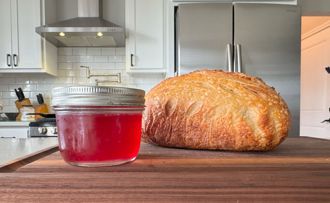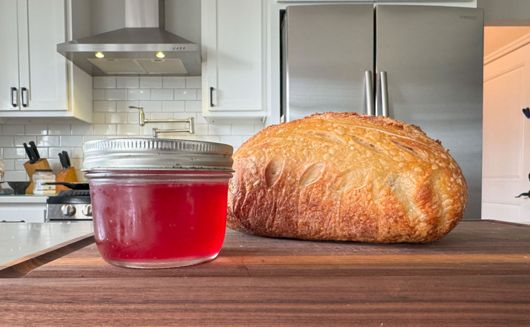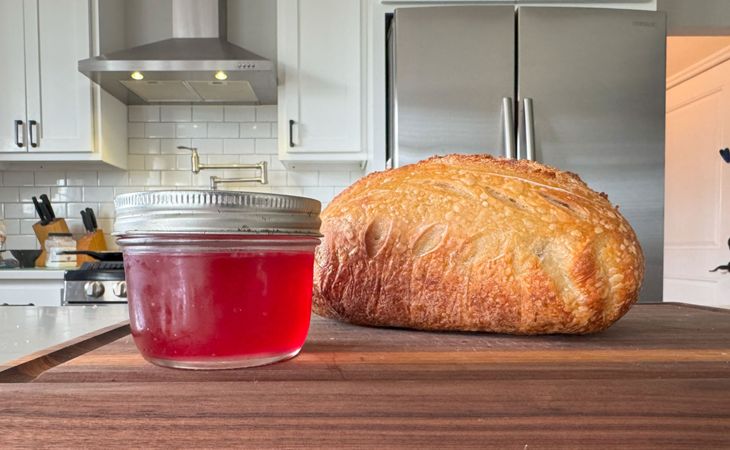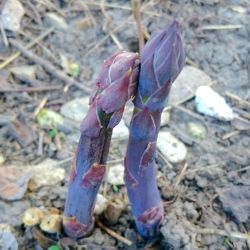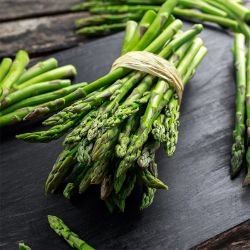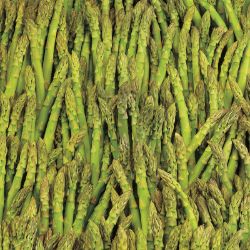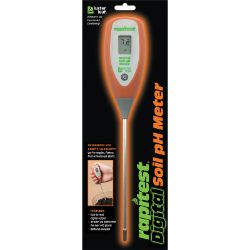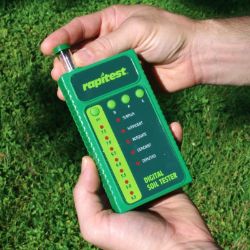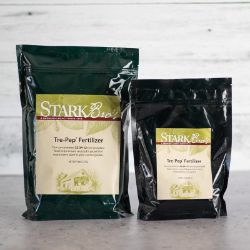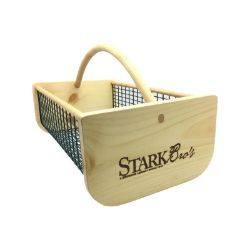Pest & Disease Control for Asparagus Plants
Every plant has the future potential for disease and insect damage. Factors such as location and weather will play a part in which issues your plants encounters. If available, disease-resistant varieties are the best option for easy care; and for all types of plants, proper maintenance (such as watering, pruning, spraying, weeding, and cleanup) can help keep most insects and diseases at bay.
NOTE: This is part 7 in a series of 11 articles. For a complete background on how to grow asparagus plants, we recommend starting from the beginning.
Crown & Spear Rot
Appear as soft water-soaked lesions on shoots and at soil line, or slightly above or below. Lesions elongate rapidly and become light brown. As lesion collapses and shrivels affected side of spear becomes flattened and shoot becomes extremely curved and may collapse. Infected crowns have yellow-orange colored tissue. Caused by over harvesting, growing in acidic soil and water logged soils. This is a soil borne fungus.
Control
- Consult County Extension Agent
Fusarium Wilt
Infected mature plants decline in productivity and growth. During summer months stunted, light yellow ferns characterize infected plants. Reddish-brown discoloration at base of infected stalks, and may extend into crown. Feeder roots may rot off completely, or may show reddish-brown color. Fungus lives in the soil.
Natural Control
- Minimize stress to plant
- Don’t harvest when production declines to 70% of season’s highest yield. Jersey Knight shows some resistance.
Other Control Options
- Consult County Extension Agent
Purple Spot
Appear as elliptical, slightly sunken lesions .03 - .06” across and 0.125” long. Reddish-purple later develops a tan-brown center, especially if the lesion is large. Usually appear on lower half of new spears and are very superficial. Internal tissue of spear is not affected. Purple Spot is worse following cool, wet weather when spears are emerging. Subsides in dry weather.
Natural Control
- Last years fern growth should be removed or incorporated into the soil.
Other Control Options
- Consult County Extension Agent
Rust
Infection begins in spring and produces orange stage of disease and is occasionally found on new spears as yellow or pale orange pustules in concentric ring pattern. Spores are airborne to new fern growth where brick red pustules are formed on all parts of the fern. Ferns may turn yellow or brown, defoliate and die back. In fall the spores turn black and will over winter. Rust causes reduced plant vigor and reduced yields.
Natural Control
- Provide proper irrigation.
- At end of fern season, cut and burn.
Other Control Options
- Consult County Extension Agent
Asparagus Virus I & II
When plant is infected with either but only one of the virus plant vigor may be only slightly reduced. When both are present in same plant, survival and vigor severely reduced especially in young plants and aphids transmit both. Virus II can also be transmitted by pollen and is more prevalent in older cultivars.
Control
- Consult County Extension Agent
Cutworms
Larvae appear as smooth skinned caterpillars to the naked eye. Frequently roll into a C-shape when disturbed. Variegated is yellow to brown, little over an inch long with 4-6 yellow or pink diamond-shaped spots down its back. Dark sided cutworm somewhat larger, gray to greenish gray with irregular longitudinal stripes. Larvae feed at night on tender tips of new spears, eating out small areas and one-sided feeding may cause spears to curl. Variegate also feeds underground and at soil surface. Ferns seldom damaged.
Natural Control
- Good weed control and clean up of crop residues.
Chemical Control
- GardenTech® Sevin® Concentrate Bug Killer
European Asparagus Aphid
Small blue to gray-green aphid often covered with a powdery wax. Hard to spot until damage has occurred. Damage is primarily from toxin that is injected into plant during feeding. Causes shortened internodes on subsequent growth resulting in tufted appearance. Heavy populations also leave large amounts of honeydew leading to ant activity. Shortens life of plant and cause delay in bud break in spring followed by profusion of small spears produced simultaneously.
Natural Control
- Monterey Horticultural Oil
- Remove and burn old ferns at end of season.
Garden Symphylan
Slender, white arthropod, closely related to an insect, about 1/3” long, fast moving, lives in soil with high organic matter. Cause damage by eating small round holes in roots, crowns and below ground portion of spears.
Control
- Consult County Extension Agent
Thrips
Small slender sucking insects and adults have 2 pair of wings. Thrips remove moisture from crop fern causing twisting of the fern branch lets as well as some twisting of the stalks. Results in loss of vigor and even death of the tops of small seedlings.
Natural Control
- Monterey Horticultural Oil
Chemical Control
- GardenTech® Sevin® Concentrate Bug Killer
Asparagus Beetle
Beetle is about 1/4” long, metallic blue-black with red and white markings. Spotted beetle is bright reddish-orange with small black dots. Adult over-winters in trash around garden. When spears emerge, adults feed on spears and deposit brown-black ugly eggs on the spears that are impossible to wash off. Then dark gray larvae and adults feed on shoots and ferns causing partial defoliation and scarring. Spotted beetle larvae feed on seeds of asparagus berries and cause minimal damage.
Natural Control
- Monterey Horticultural Oil (beetle larvae)
- Hi-Yield® Vegetable & Ornamental Insect Control
- Pick off adults before they lay eggs or destroy eggs before they hatch.
Chemical Control
- GardenTech® Sevin® Concentrate Bug Killer
Tarnished Plant Bug
Yellow-brown winged insect may have black spot or red stripes. Injects toxins into buds and shoots, causing dwarfed shoots. Treat ferns or bush growth after spear harvest when insects are present.
Chemical Control
- GardenTech® Sevin® Concentrate Bug Killer
Japanese Beetle
Adult is metallic green beetle. Feeds on ferns. Treat ferns or bush growth after spear harvest when insects are present.
Natural Control
- Traps
- Monterey Horticultural Oil (beetle larvae)
Chemical Control
- GardenTech® Sevin® Concentrate Bug Killer
Mites
Pinpoint size, many different colors. Found on undersides of leaves. Sap feeding causes bronzing of leaves. Severe infestations have some silken webbing.
Natural Control
- Monterey Horticultural Oil
White Fly
Adults are tiny, white winged insects found mainly on the underside of leaves. Nymph emerge as white, flat, oval shapes. Larvae are the size of a pinhead. Suck plant juices from leaves causing leaves to turn yellow, appear to dry or fall off plants.
Natural Control
- Traps
- Monterey Horticultural Oil
Lygus Bugs
Small oval insects, color range from pale green to reddish brown or black. Feed by sucking sap, signs of infection discoloration, deformed shoot and stems, curling of leaves and lesions.
Chemical Control
- GardenTech® Sevin® Concentrate Bug Killer

